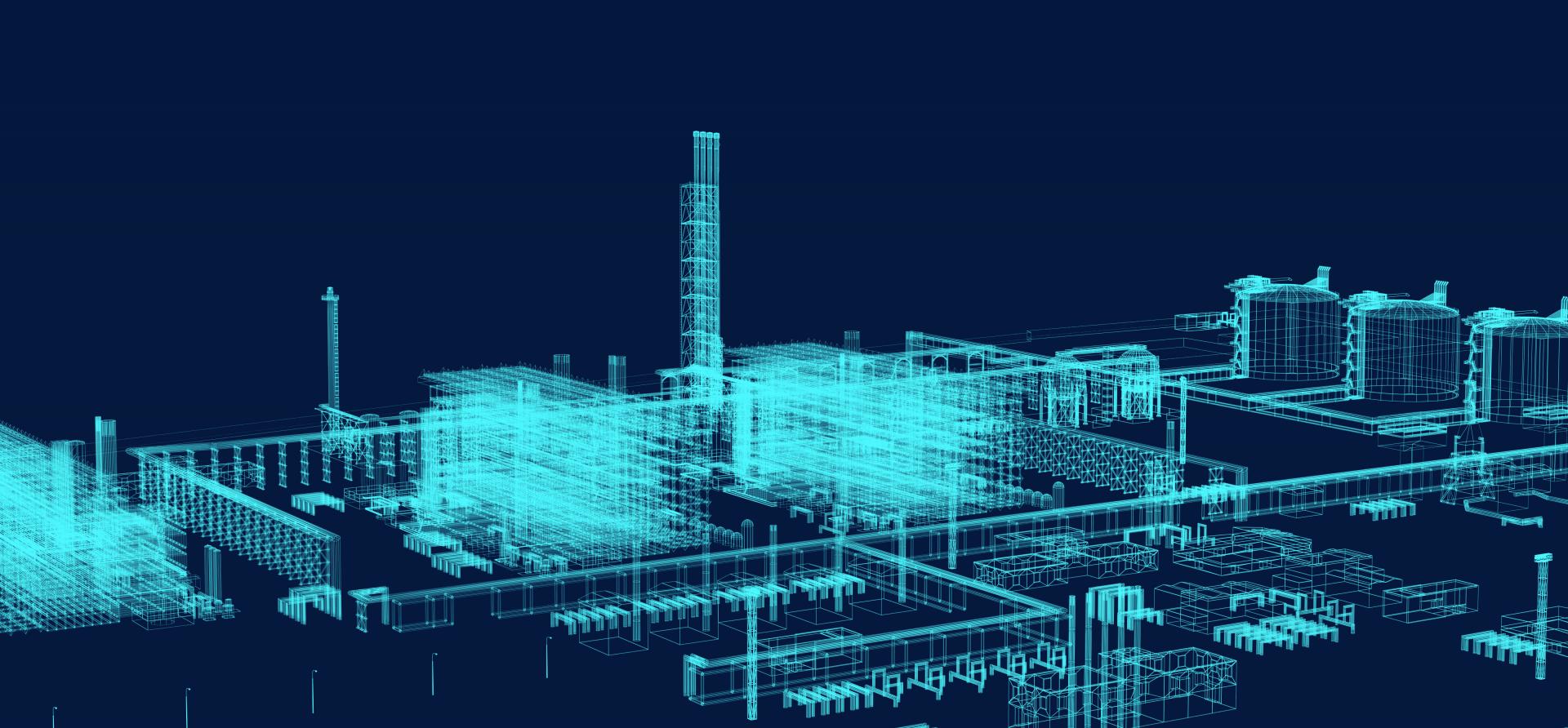IEEFA update: Australia sponsors a failing gas industry

Key Findings
The Narrabri gas project is the most hotly contested resource project in NSW history, opposed by the bulk of the 23,000 submissions to the planning authority.
Proponent Santos has already written off $950m from failed coal seam gas to liquefied natural gas investments in Australia. Its total write-downs since 2014 are close to $8bn.
Gas has not only priced itself out of the electricity system other than for peak power applications but it has also destroyed Australian gas intensive manufacturing.
The controversial Narrabri gas project in New South Wales, Australia, enters the final stages of approval with more than 400 people presenting to the Independent Planning Commission, which will determine its fate.
The project is the most hotly contested resource project in the history of the state with in excess of 23,000 submissions, 98% of which objected to it.
The project is the most hotly contested resource project in the history of the state
As those hundreds queued to be heard, there was another queue forming.
Liquefied natural gas (LNG) tankers in the Pacific and Atlantic have been motoring in circles while they wait to find a market for their unwanted product. Gas is currently being almost given away on international markets. The very last thing the world needs is more gas.
Far from seeing the “gas powered recovery” our politicians desire, we are seeing a gas fired depression around the globe. In the U.S., the number of operating drill rigs has fallen 73% in the past 12 months. And US LNG exports have more than halved so far in 2020.
Since 2010 renewables have grown by approximately 148%
Deloitte estimates that almost a third of U.S. shale producers are technically insolvent at current oil prices.
Domestically, the industry is faring little better. On Tuesday, Santos, the proponent of the Narrabri gas project, wrote off a further $950m from its failed coal seam gas to liquefied natural gas investments in Australia. Its total write-downs since 2014 are close to $8bn!
Globally, renewables continue to overwhelm new fossil fuel and nuclear power station builds.
Since 2010 renewables have grown by approximately 148% while nuclear plus fossil fuels have declined by 38%.
This year alone, 200 gigawatts of renewable power plants have already been built, compared to only 100 gigawatts of fossil fuel energies and nuclear.
Fewer gas power plants have been built in 2020 than in 2001.
In a renewables rich grid, by 2040 the role of gas is smaller than it is today
Investors are fleeing the gas industry and investment is flooding into renewables.
The NSW government recently announced its tender for 3 gigawatts of power projects for its Central Renewable Energy Zone near Dubbo. The response was overwhelming with the tender being nine times over-subscribed.
Gas is not a transition fuel
In Australia, gas usage in gas-fired power plants has declined by 59% since 2014, while renewables have increased to produce 25% of the energy in the National Electricity Market.
The AEMO, the only agency to model a future electricity grid in its Integrated Systems Plan, has shown that in a renewables rich grid, by 2040 the role of gas is smaller than it is today.
Gas peaking plants only contributed 1.8% of the National Electricity Market’s generation in the year to April 2020 while they account for 13.4% of capacity. Put simply, we need capacity in gas peaking plants but they are never run for long. We don’t need much gas to power them.
We are paying too much for gas
The east coast gas industry – which could be described as a cartel – has consistently set the prices for the Australian domestic consumer and our governments have allowed them to.
Gas use in manufacturing has fallen 12% since 2014
The ACCC has written report after report showing that Australians pay much more for gas than we should, and for substantial lengths of time we have paid more than our Japanese customers for Australian gas.
Cartels, incidentally, are an illegal market structure as is the price fixing that so clearly occurs.
The cost to the economy of price fixing has been immense. Not only has gas priced itself out of the electricity system, except for very niche peak power applications, it has also destroyed Australian gas intensive manufacturing. Gas use in manufacturing has fallen 12% since 2014.
Gas is the price setter in the National Electricity Market. For every $1/GJ increase in the price of gas the price of electricity rises by $11/MWh.
The effect of inflated gas prices on electricity prices has impoverished Australian energy consumers.
Gas prices will rise not fall with the development of Narrabri
The average costs of production for developed gas fields on the east coast of Australia are $3.05/GJ, according to Core Energy who were commissioned by AEMO.
Investment is flooding into renewable energy
Core Energy estimates that the Narrabri gas project will have costs at a minimum $7.28/GJ.
Narrabri gas is high cost gas.
It is simply not possible to bring down the cost of a commodity by producing it at a high cost, as Santos will do at Narrabri. The proposition is absurd.
But we need the gas for industry
Many high heat applications for gas can be substituted with cheap renewable power. Some however cannot and so we need some gas production. The federal and NSW state governments have set the level of gas needed at 70PJ pa – somewhat conveniently this is the same production number as the Narrabri Gas project.
Gas use in residential and commercial applications can largely be substituted for cheaper electrical heating, in the form of air conditioners, induction cooking and heat pumps for hot water.
This would free up to 190PJ pa and dwarf the contribution from Narrabri.
The future is clear. Investment is flooding into renewable energy whilst the gas industry is contracting and bleeding red ink.
We should not continue to prop up a failing and loss-making gas industry. The Narrabri gas project should be rejected.
Bruce Robertson is IEEFA’s gas/LNG analyst based in Australia.
This article first appeared in the Brisbane Times.
Related articles:
Renewables or gas – which will we choose?
Dubbo’s new renewables zone shows the path away from fossil fuels
The markets won’t respond to Australia’s proposed “gas-fired recovery”
Banking on oil, gas and petrochemicals is a defensive strategy unlikely to work
Australia’s gas industry was already failing before COVID-19















